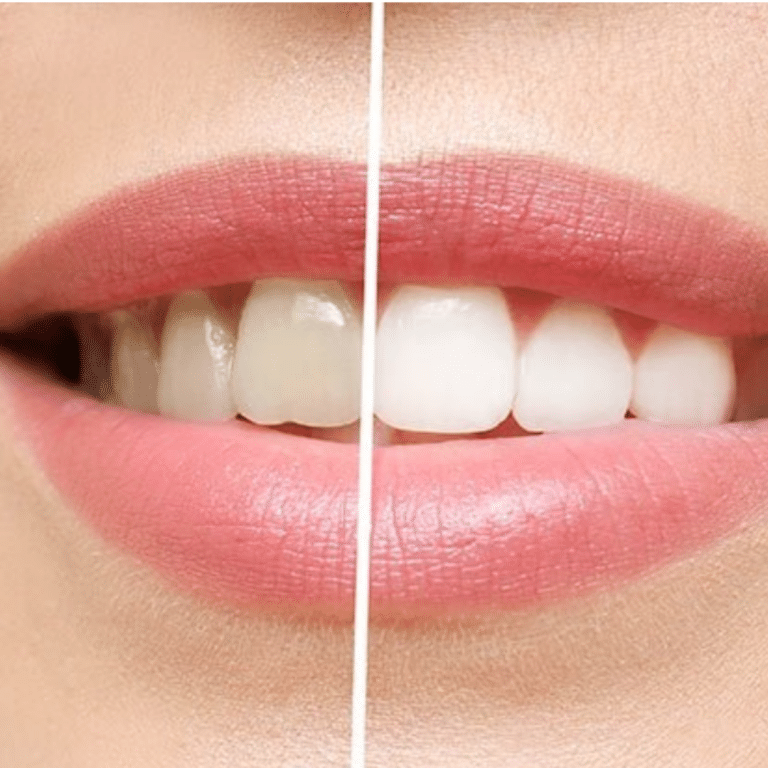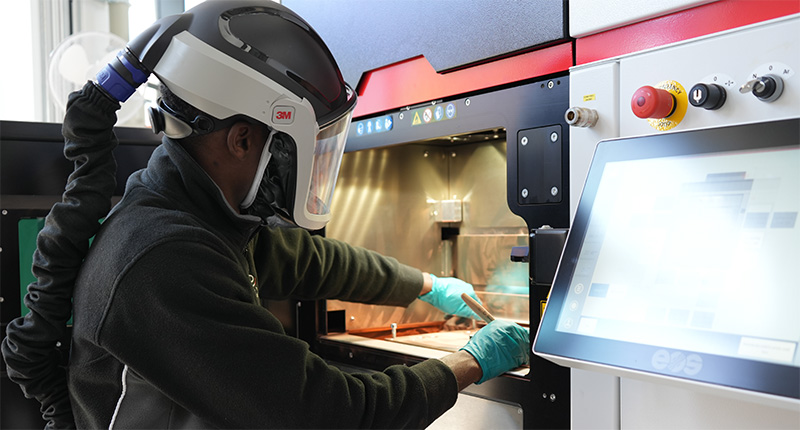According to leading Cosmetic and Restorative Dentist, Dr Kamala Aydazada, the demand for ‘the perfect smile’ is diminishing – people are now requesting imperfections to be added to their veneers to make them appear more natural. Traditionally, it’s been relatively easy to spot someone who has been treated with veneers.
That classic white, ‘mono-tooth’ look sported by the likes of Simon Cowell, Katie Price and most of the cast of Love Island has been popular for many years now. However, Kensington-based Cosmetic Dentist Kamala Aydazada reports an increase in people asking for more natural looking veneers – with many requesting slight imperfections to be added.
Dr Kamala explains: “Nowadays, the biggest concern for most of my patients is looking fake. I explain to patients that your veneers can look as fake as you want them to look. Some people are proud that they wear veneers and they love that gleaming white smile that is noticeable.
“However, most of my patients now want natural-looking teeth, and they don’t want people to notice that they had their teeth done. We often add imperfections like ridges, translucent edges and sometimes imperfect margins - these affects make the veneers resemble natural teeth.”
Dr Kamala continues: “An important factor to consider is the shape of the veneer - squarer teeth, all in a similar size can look fake. Of course, naturally, we have different groups of teeth that historically and evolutionary were made for different functions. We have the front group of teeth that are there for biting food.
“We have the side teeth for pushing the food backwards and we have the back teeth that are made for chewing the food. All these teeth need to be different shapes. When producing veneers for my clients, I like to replicate that natural shape. I don’t tend to encourage people increase the size of their teeth too much, unless of course they have worn down significantly over the years.
“There was a trend for people asking for large veneers, but they don’t look natural and they’re becoming less popular. Of course, when choosing your colour shade, many people are steering away from the ice white, brighter shades, and opt for a shade that is marginally brighter than their natural shade.
“All of these factors have a big impact on how natural your veneers can look.” At her Kensington clinic, Dr Kamala’s clients undergo a rigorous consultation process.
This includes a thorough assessment of the patient’s oral health, a look at their lifestyle choices, their smile goals and any health factors at play. A series of scans, x-rays, photographs and measurements are taken to complete the planning process from which Dr Kamala can make recommendations for the suggested treatment plan.
Initially Dr Kamala handmakes a set of completely removable temporary veneers, in a colour which is closely matched to the chosen aesthetic. The patient can then try them to see the type of smile that might work for them, get a greater feel and understanding of the treatment, and evaluate before committing to any treatment choice.
Dr Kamala explains; “Once the plastic ‘trial smile’ is inserted, I encourage my patient to FaceTime friends and family, their colleagues, post on socials, get some feedback… they can go home and come back the following day, or just take a walk around to see how they feel and how people respond. We’re social human beings and we seek approval from our closest circle.
“This is an essential part of the process and is critical for long-term success, as well as a very helpful tool in discussing any adjustments they want making. We can carry out this process two, perhaps three, even four times, making tweaks each time to ensure the patient is completely happy and confident to move forwards with veneers.
“For my patients it’s a little couture tailoring for teeth, individually designing a bespoke smile they will love to wear forever.” When planning a patient’s smile, Dr Kamala will often ask patients to bring in photographs of their younger smiles.
Veneers can add youthful volume to the lips and face, and can bring symmetry to the face, creating a more even smile. They can also help with enamel erosion and veneers will not stain like ordinary teeth, so they are not affected by what you eat or drink.
Veneers have radically evolved over the last decade with teeth now needing minimal preparation, removing the highly invasive teeth filing required in the past. More common these days are “dental bond’ veneers which are glued to the surface of the tooth structure.
The material of the veneer – such as porcelain or composite - will be chosen with the individual’s dental habits and lifestyle choices in mind. Veneers – with a lifespan in the region of ten years - require the patient to attend regular check-ups and hygienist appointments as well as essential daily brushing and flossing.
Composite veneers may require a polish every six months to removing any staining.


















